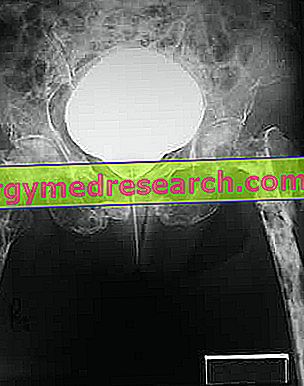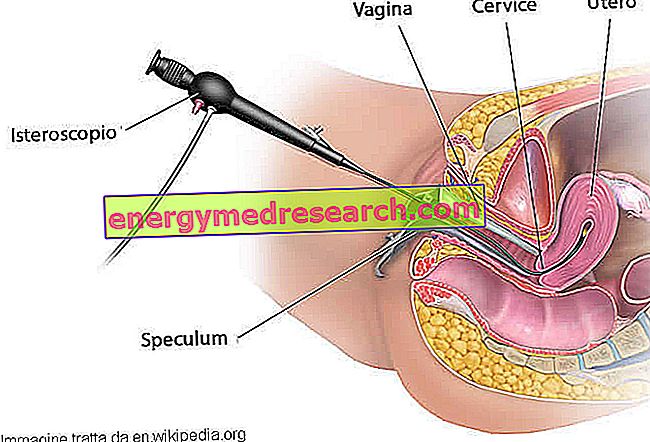Generality Laryngoscopy is the medical procedure used to diagnose, and possibly cure, laryngeal and vocal cord disorders. It can be performed in various ways: there is indeed an indirect laryngoscopy, which involves the use of very simple instrumentation, and a direct variant in which a particular instrument called a laryngoscope is used
Category exams
Generality Audiometry is a method by which it is possible to perform an assessment of the hearing ability of an individual. In fact, through the execution of an audiometric examination, the audiometrist technician is able to determine what is defined as the " minimum hearing threshold " of the patient; this makes it possible to identify the presence of any anomalies and hearing deficits which must then be communicated to the doctor by filling in the specific report
Generality Cystography is a radiological exam that allows us to study the anatomy and functionality of bladder and urethra. In particular, this survey allows localization of tumors, polyps and calculi in the lower urinary tract , as well as diagnosing urethral malformations and micturition disorders (delays and difficulty in urination, incomplete evacuation, incontinence, vesico-ureteral reflux, etc
Generality Cholangiopancreatography , or ERCP , is a rather invasive medical procedure, which combines endoscopy and fluoroscopy, in order to identify - and possibly treat - pathologies of the pancreas and bile and pancreatic ducts. Not easy to perform, cholangiopancreatography requires specific preparation, which is fundamental for the success of the entire procedure
What is scraping for? Curettage is an invasive gynecological procedure, performed for diagnostic or operational purposes to remove a portion of the endometrium or an abnormal mass contained in the uterus. The curettage was renamed curettage in reference to the instrument (curette) used during the operation
What is epiluminescence? The epiluminescence, synonymous with dermatoscopy , is an innovative diagnostic technique, suitable for the prior recognition of melanoma and all melanocytic skin lesions, whether pigmented or not. The epiluminescence is an absolutely non-invasive method that is performed in vivo : the analysis of skin lesions must be carried out using the optical dermatoscope, an instrument thanks to which not only the morphological structure of the condition is analyzed, but also the internal structures that constitute it
What is hysterosalpingography? Hysterosalpingography (HSG or uterosalpingography) is a radiological technique performed to verify the health of the fallopian tubes (salpingi) and study the morphology of the uterine cavity. Hysterosalpingography is therefore a purely female diagnostic test, which consists in the injection of a contrast liquid through the cervix, and in the subsequent evaluation of the radiological scans obtained
Premise The execution of a hysteroscopy is always preceded by a very precise preparation, to which each patient must strictly adhere, for the success of the entire procedure. This article is dedicated to the aforementioned topics (execution of hysteroscopy and preparation for the latter), with the addition of information regarding the instrumentation used, the possible side effects of the procedure in question and the post-procedural phase
Generality Hysteroscopy is a gynecological exam that allows to evaluate the state of health of the uterine cavity (ie the inside of the uterus) and the cervical canal (ie the canal formed by the uterine cervix). To do this, during the examination, the doctor uses a special endoscopic instrument, called a hysteroscope
Why do you run it? The rachicentesi is a diagnostic / therapeutic practice which consists in taking a sample of CSF (cerebrospinal fluid) by introducing a needle between the L3-L4 or L4-L5 vertebrae. When performed for analytical purposes, the lumbar puncture allows the detection of suspected infections in the brain, verifying demyelinating pathologies and detecting the presence of possible neoplastic cells
Key points The rachicentesi (lumbar puncture) is a medical-surgical practice which consists in collecting a sample of cerebrospinal fluid by introducing a needle between the L3-L4 or L4-L5 vertebrae. Goals of rachicentesi Diagnostic purposes of rachicentesi: ascertainment of brain infections (eg meningitis), demyelinating pathologies (eg multiple sclerosis), neoplasms, epilepsy








